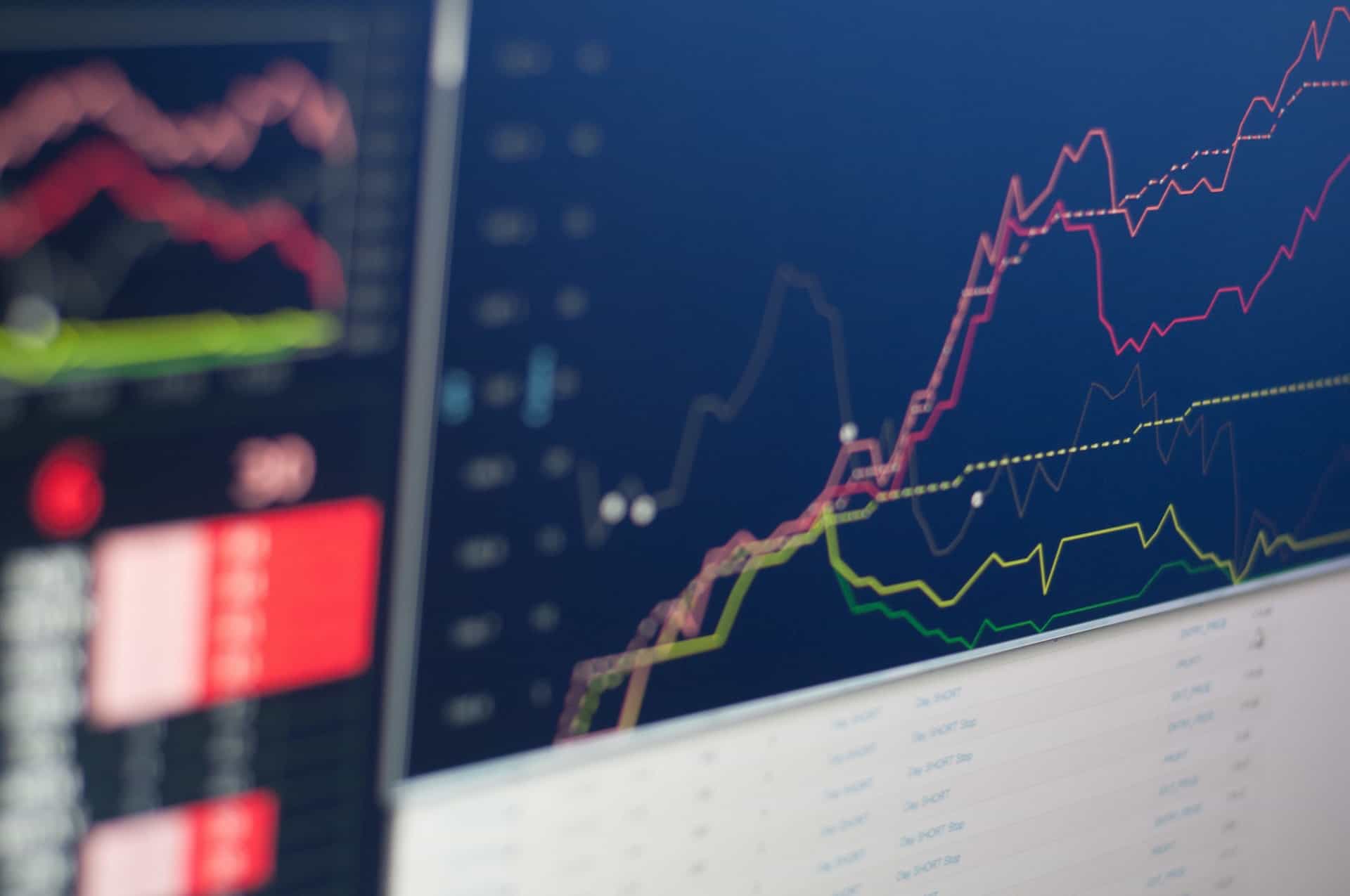As the logistical landscape enters a digital-driven era, traditional forms of data visualization are now taking a backseat. This is where bubble charts come in; providing an illustrative alternative dedicated to detailed data interpretation in business environments. Follow through as we delve into the functionalities of bubble charts and their applications.
Understanding Bubble Charts and Their Business Significance

Bubble charts are a variant of the scatter plot; they incorporate three dimensions of data compared to the two dimensions in regular scatter plots. The size of each bubble represents the third dimension of the data, adding a whole new level of depth to your data interpretation process.
Bubble charts are hugely significant for their ability to represent multiple data types concurrently. They provide a snapshot of complex data trends, offering a concise visual summary that would otherwise require lengthy textual explanations.
But the benefits of bubble charts don’t stop there. They are also interactive, providing an avenue for users to dig deeper into the underlying data just by hovering over individual bubbles. This element of interaction enhances user engagement while promoting data transparency.
Role of Bubble Charts in Data Visualisation
Data visualization is meant to simplify the interpretation process by capitalizing on our brain’s ability to process visual information more quickly than text-based data. A cluster of figures and calculations on a spreadsheet can be daunting for many, but a color-coded, size-variable bubble chart can communicate the same data more efficiently.
Bubble charts excel in distinguishing the relationships and disparities between data entities. For instance, in comparing trends in product sales, the size, and position of the bubbles can quickly clarify which products are selling more, and which regions are performing better.
Notably, the applicability of bubble charts isn’t just limited to quantitative data. They can also be used to represent qualitative data, allowing for flexible data visualization options for different types of businesses.
Linking Bubble Charts With Business Intelligence

Business Intelligence (BI) harnesses software and services to convert data into actionable insights. Given bubble charts’ knack for compressing massive data sets into digestible visual representations, they fit right into the BI realm.
A crucial aspect of BI is pattern recognition and bubble charts can reveal hidden patterns and trends in the data. Using color variations for different categories, and size differentiation based on the quantity of a variable, patterns can visually pop up, aiding in smarter business strategies.
Bubble charts with real-time data updating capabilities could provide businesses with a dynamic tool for tracking and reacting to live developments. It places businesses in a prime position to make immediate, data-driven decisions that can make a material difference to their operations.
Exceptional Features of Bubble Charts for Business Applications
Bubble charts are a versatile tool, and their array of unique features extends their usability beyond the typical realms of data visualization. Their capacity to accommodate multiple variables simultaneously gives businesses a chance to investigate various factors that may be influencing their operations.
The adaptability of bubble charts to different scales is another feature that sets them apart. Whether dealing with gross national product figures or simple sales data, a bubble chart can comfortably cater to both; exhibiting its extensive scalability.
Overall, the versatility and functionality of bubble charts make them an invaluable tool for businesses keen on capitalizing on the insights hidden in their data. Whether you’re seeking to refine your sales strategy or better understand customer behavior, bubble charts offer a visual, interactive, and detailed solution.
